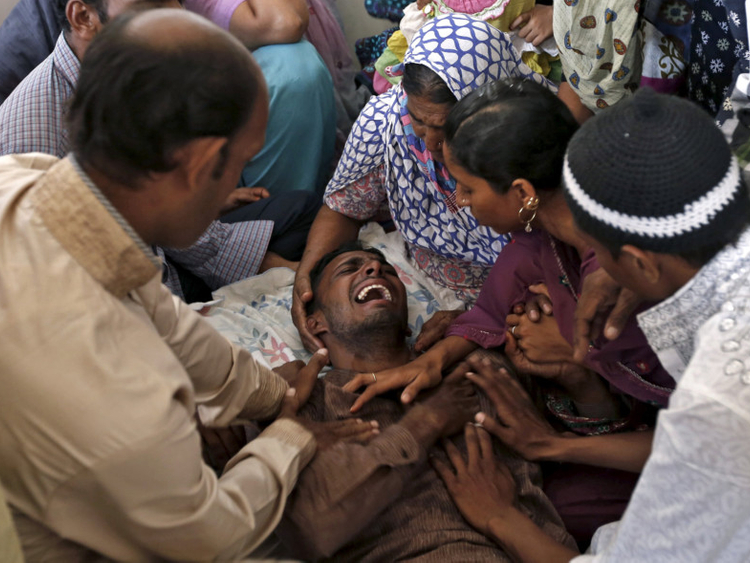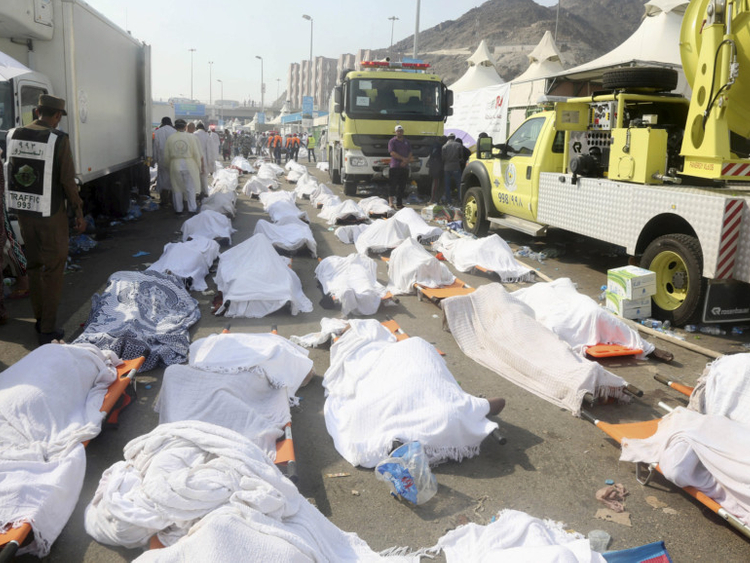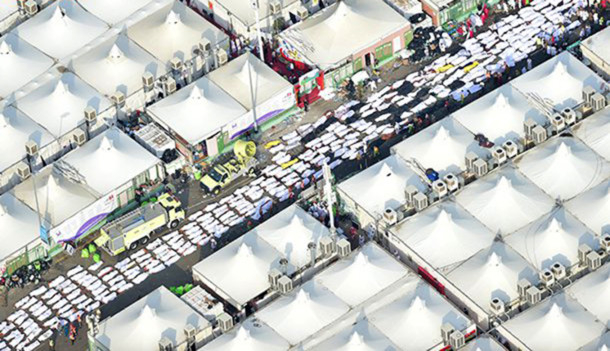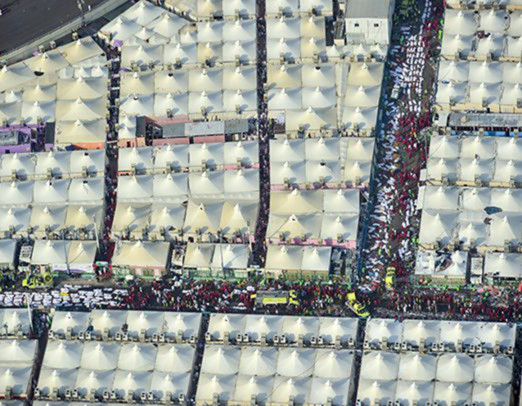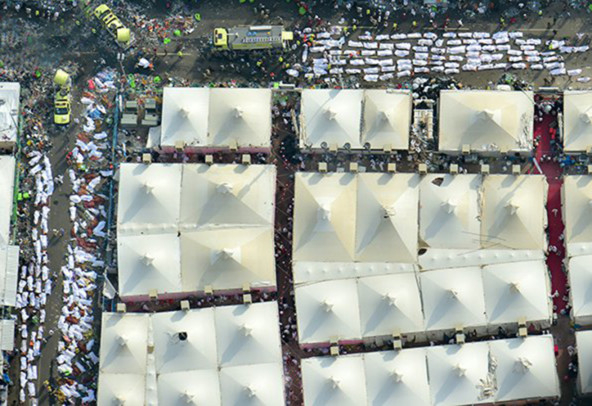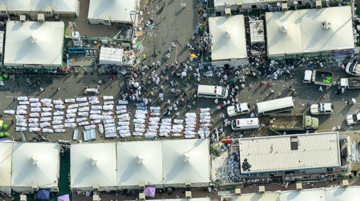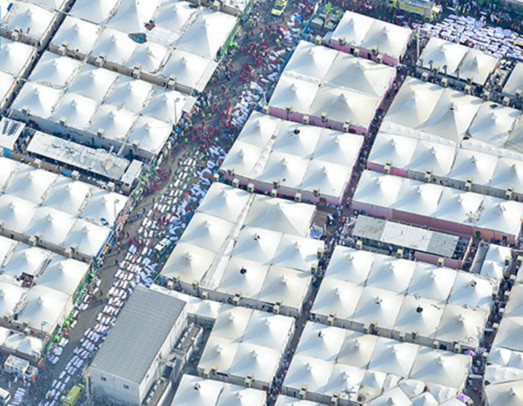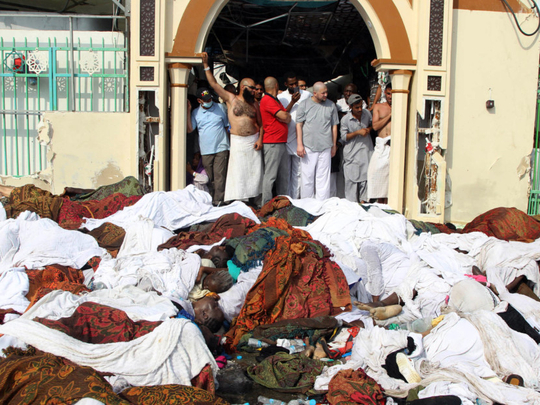
Mina: Pilgrims sombrely resumed the final rites of Haj on Friday after more than 700 people suffocated or were trampled to death when two waves of pilgrims collided in the deadliest disaster to strike the annual pilgrimage in a quarter-century.
The Haj is a main pillar of Islam that all able-bodied Muslims must perform once in their lifetime. This year, around 2 million people from more than 180 countries took part in the five-day pilgrimage, which ends on Saturday. The mood remained sombre despite the incident coinciding with Eid Al Adha, a major Islamic holiday.
Saudi Arabia on Friday suggested pilgrims failing to follow crowd control rules bore some blame for the worst disaster at the Haj for 25 years.
In a statement posted on his ministry’s website, Saudi Health Minister Khalid Al Falih said an investigation would be conducted rapidly and a final toll of dead and wounded calculated. At least 863 pilgrims were injured.
“The investigations into the incident of the stampede that took place today in Mina, which was perhaps because some pilgrims moved without following instructions by the relevant authorities, will be fast and will be announced as has happened in other incidents,” the statement said.
Al Falih said the injured were being transferred to hospitals in Makkah and if necessary to other parts of the country.
“Yesterday’s stampede was a catastrophe. We were shocked, but we can do nothing, this was their fate,” said Lolo Omar, a pilgrim from Eritrea, said near the site of the disaster in the town of Mina, just outside Islam’s holiest city, Makkah. “We wish that Allah will facilitate our pilgrimage.”
Omar, like the pilgrims involved in Thursday’s disaster, was headed toward a complex housing three columns that pilgrims pelt with pebbles in a symbolic stoning of the devil. Muslims believe the Prophet Ebrahim, or Abraham as he is known in the Bible, was confronted in this spot by the devil.
Among the 717 killed in Mina were pilgrims from Iran, Egypt, Turkey, India and Pakistan. Afghanistan’s Ministry of Haj and Religious Affairs said on Friday that eight Afghan pilgrims were still missing.
Egyptian survivor Wael Abdullah said he had reached Mina on Thursday when he saw people pushing and shoving to get past one another down one of the narrow streets. People tripped over those in wheelchairs, who also fell to the ground.
“I saw people falling on the ground, other people trampling them... and the situation was out of control,” he said.
Mina is a large valley about 5 kilometres from Makkah that has been the site of Haj stampedes in past years. The area houses more than 160,000 tents for pilgrims. The street where the incident took place is about 12 metres wide and lined with barricades, behind which are some of the tents of Haj tour groups, organised by nationality.
With photographs of piles of the dead circulating on social media and pilgrims frantically searching for missing compatriots, the effort to uncover the facts and assign blame was likely to grow more acute and possibly more political.
Saudi King Salman Bin Abdul Aziz ordered a review of Haj plans after the disaster, in which two big groups of pilgrims collided at a crossroads in Mina, a few km east of Makkah, on their way to performing the “stoning of the devil” ritual at Jamarat.
Saudi Arabia’s Interior Ministry spokesman Major General Mansour Turki was quoted in Saudi media on Friday as saying the security forces had immediately responded and begun to rescue those who fell in the crush.


